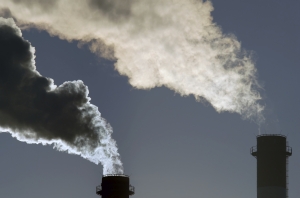On March 4, the Minister for Industry, Energy and Emissions Reduction announced changes to the operation of the Emissions Reduction Fund (ERF), with project owners given the option to exit their ‘fixed delivery’ carbon abatement contracts (CACs) with the Commonwealth to pursue higher prices in the secondary market.
Contract holders will be eligible to be released from their fixed delivery schedules in six-month windows, commencing from 4 March to 30 June 2022. Should all scheduled deliveries trigger their optionality over the next three months up to 7 million ACCUs could become available to the market, and up to 112 million by 2033, equivalent to more than 5 times total demand for Australian carbon offsets in 2021. The announced change in policy is therefore likely to trigger a fundamental oversupply, overwhelming demand provided by investors and voluntary corporate buyers over the past 12-months.
Beyond the near-term, the magnitude of the impact of the government’s supply-side intervention is highly dependent on the assumed timeline and scale of new corporate demand, with longer-term upside now expected to be weighed down by a surplus of supply until forecast new sources of demand begin to accelerate. At lower prices, we expect the market to be strengthened by new demand from voluntary corporate buyers and renewed investor interest. In particular, the lower price environment now represents an opportunity for large entities to more aggressively accumulate ACCUs, and build their positions, particularly for those already motivated to buy and hold.
While we continue to forecast that the transition to net-zero emissions will be supportive for the local market, the resulting lower price environment is likely to undermine the incentive for project developers to invest in new emissions reduction projects. This will have implications for high-value reforestation projects, and priority technologies such as carbon capture and storage (CCS) and soil carbon, which are now likely to be delayed.
In this quarterly Carbon Market Outlook, we model the impact of new transitional arrangements for fixed delivery CACs under the ERF, and present our expectations for carbon offset demand, supply, and prices in the secondary market through to 2030.















